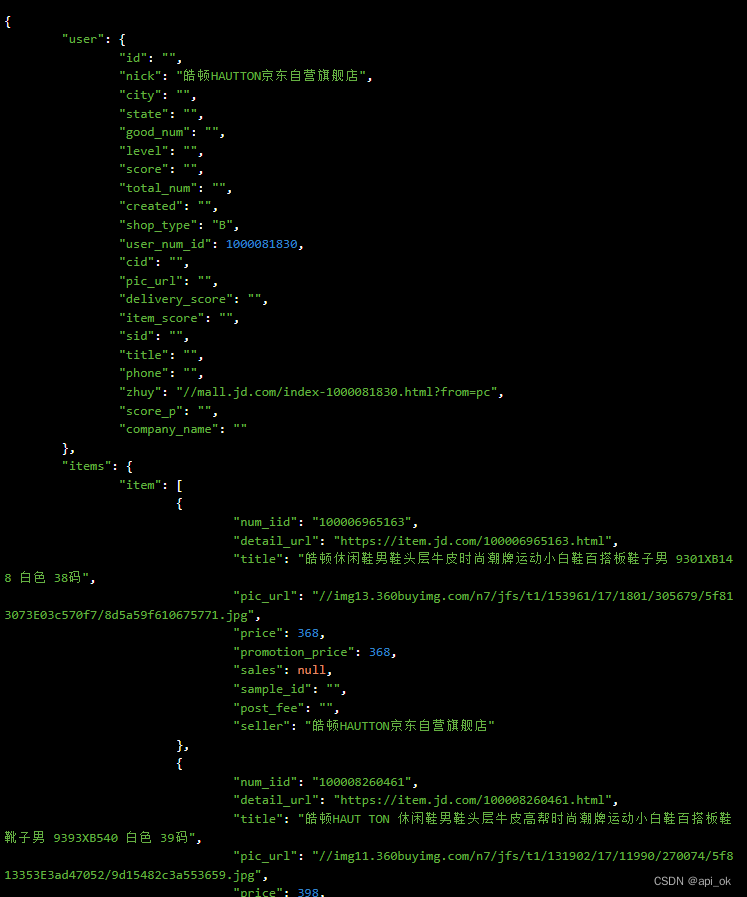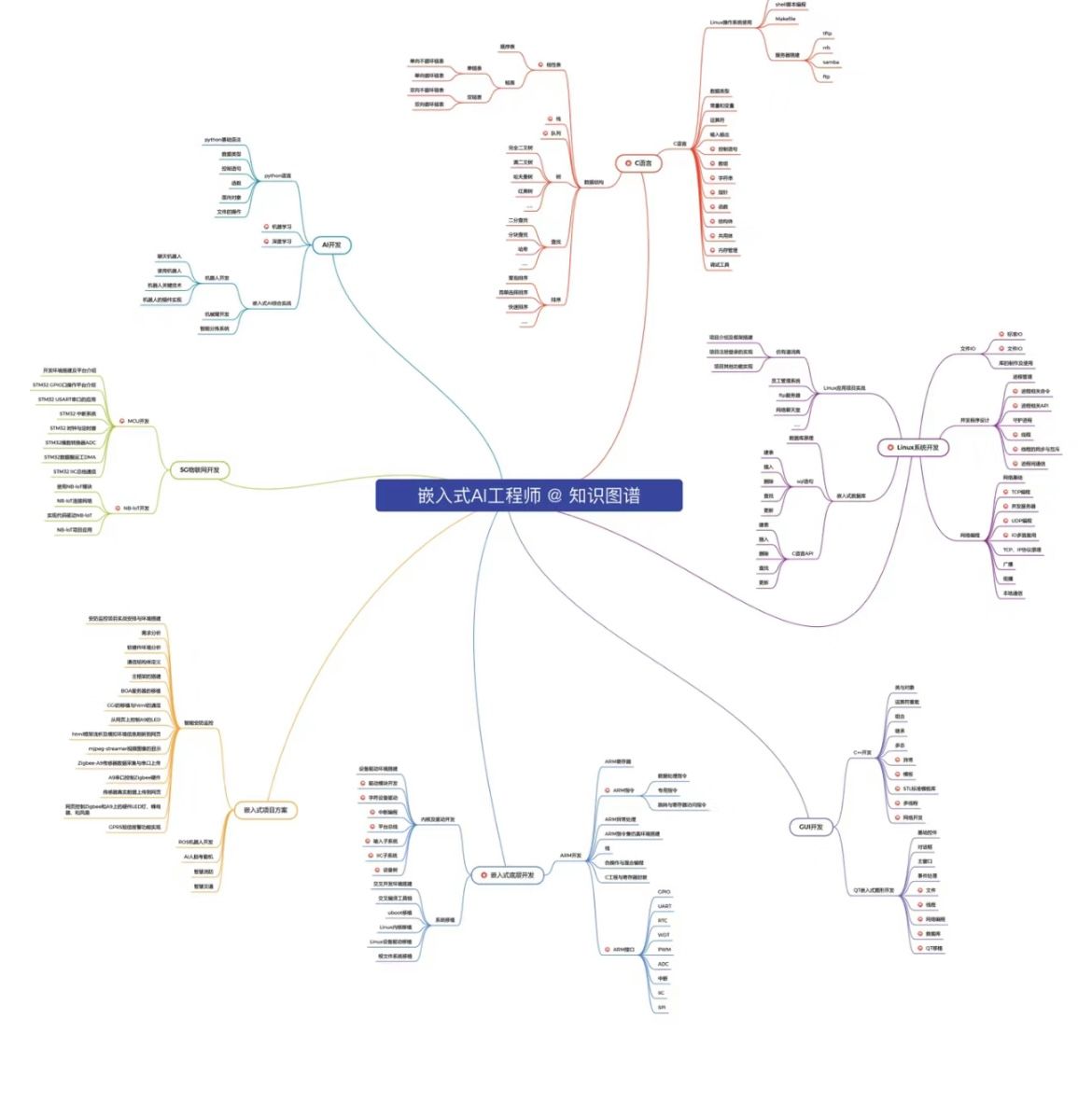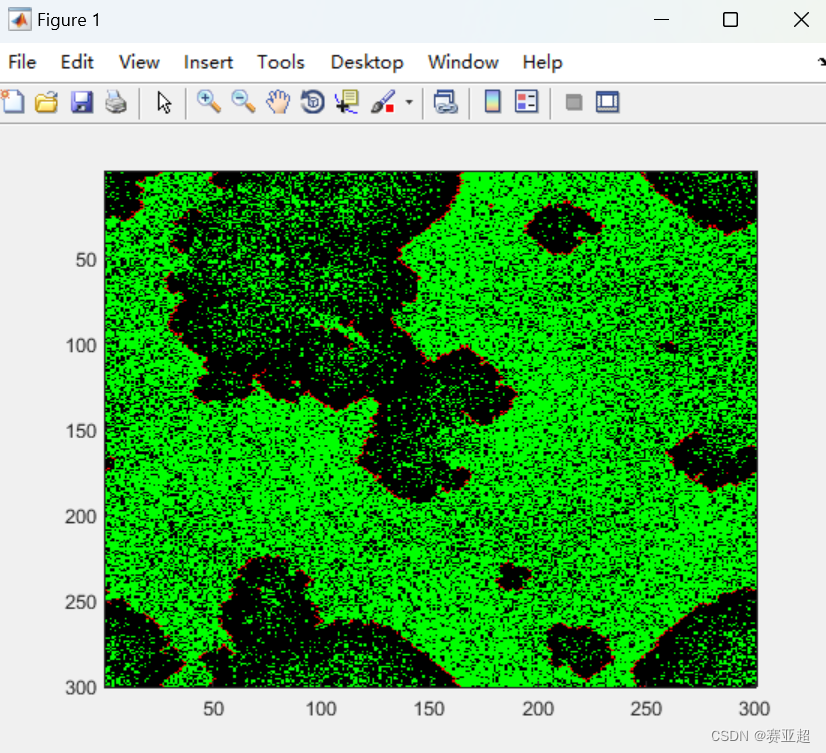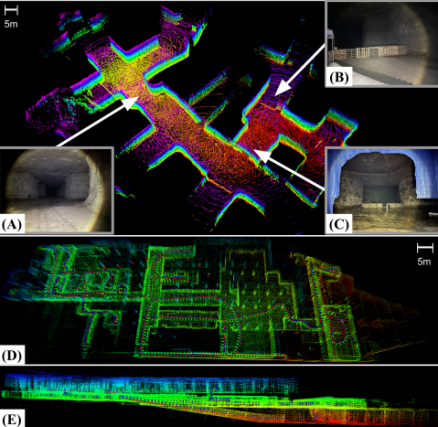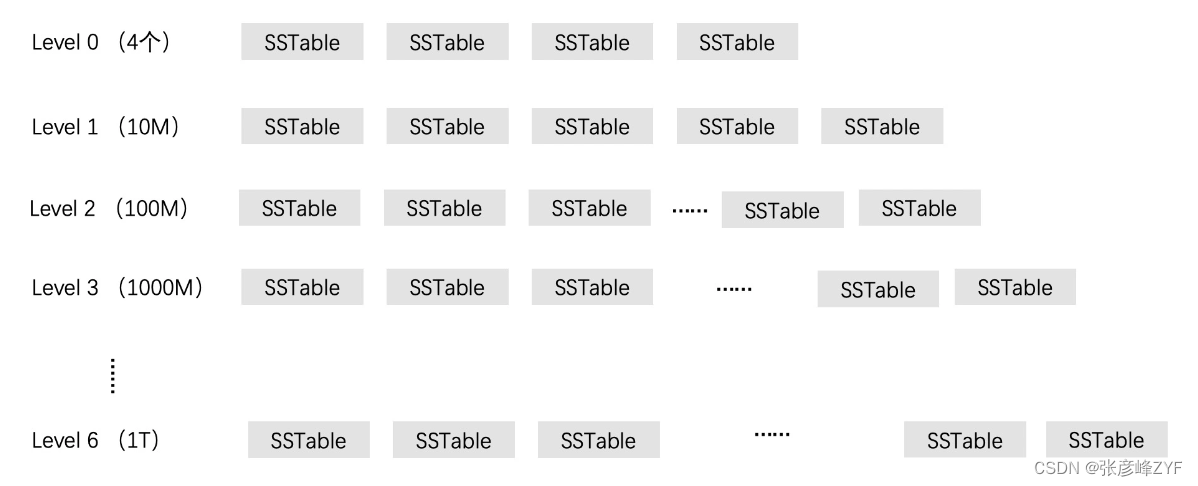一、题目描述
给你两个 非空 的链表,表示两个非负的整数。它们每位数字都是按照 逆序 的方式存储的,并且每个节点只能存储 一位 数字。
请你将两个数相加,并以相同形式返回一个表示和的链表。
你可以假设除了数字 0 之外,这两个数都不会以 0 开头。
示例 1:

输入:l1 = [2,4,3], l2 = [5,6,4]
输出:[7,0,8]
解释:342 + 465 = 807.
示例 2:
输入:l1 = [0], l2 = [0]
输出:[0]
示例 3:
输入:l1 = [9,9,9,9,9,9,9], l2 = [9,9,9,9]
输出:[8,9,9,9,0,0,0,1]
提示:
- 每个链表中的节点数在范围
[1, 100]内 0 <= Node.val <= 9- 题目数据保证列表表示的数字不含前导零
二、题解
2.1 模拟法
由于输入的两个链表都是逆序存储数字的位数的,因此两个链表中同一位置的数字可以直接相加。
我们同时遍历两个链表,逐位计算它们的和,并与当前位置的进位值相加。具体而言,如果当前两个链表处相应位置的数字为 n 1 n1 n1, n 2 n2 n2,进位值为 c a r r y carry carry,则它们的和为 n 1 + n 2 + c a r r y n1+n2+carry n1+n2+carry;其中,答案链表处相应位置的数字为 ( n 1 + n 2 + c a r r y ) m o d 10 (n1+n2+carry) mod 10 (n1+n2+carry) mod 10,而新的进位值为 ⌊ n 1 + n 2 + c a r r y 10 ⌋ ⌊\frac{n1+n2+carry}{10}⌋ ⌊10n1+n2+carry⌋。
如果两个链表的长度不同,则可以认为长度短的链表的后面有若干个 0 。
此外,如果链表遍历结束后,有 c a r r y > 0 carry>0 carry>0,还需要在答案链表的后面附加一个节点,节点的值为 c a r r y carry carry。
2.1.1 Python
def addTwoNumbers(l1, l2):
head = tail = None
carry = 0
while l1 or l2:
n1 = l1.val if l1 else 0
n2 = l2.val if l2 else 0
sum = n1 + n2 + carry
if not head:
head = tail = ListNode(sum % 10)
else:
tail.next = ListNode(sum % 10)
tail = tail.next
carry = sum // 10
if l1:
l1 = l1.next
if l2:
l2 = l2.next
if carry > 0:
tail.next = ListNode(carry)
return head
2.1.2 C++
ListNode* addTwoNumbers(ListNode* l1, ListNode* l2)
{
ListNode *head = nullptr, *tail = nullptr;
int carry = 0;
while (l1 || l2)
{
int n1 = l1 ? l1->val: 0;
int n2 = l2 ? l2->val: 0;
int sum = n1 + n2 + carry;
if (!head)
{
head = tail = new ListNode(sum % 10);
}
else
{
tail->next = new ListNode(sum % 10);
tail = tail->next;
}
carry = sum / 10;
if (l1)
{
l1 = l1->next;
}
if (l2)
{
l2 = l2->next;
}
}
if (carry > 0)
{
tail->next = new ListNode(carry);
}
return head;
}
2.1.3 C
struct ListNode* addTwoNumbers(struct ListNode* l1, struct ListNode* l2)
{
struct ListNode *head = NULL, *tail = NULL;
int carry = 0;
while (l1 || l2)
{
int n1 = l1 ? l1->val : 0;
int n2 = l2 ? l2->val : 0;
int sum = n1 + n2 + carry;
if (!head)
{
head = tail = malloc(sizeof(struct ListNode));
tail->val = sum % 10;
tail->next = NULL;
}
else
{
tail->next = malloc(sizeof(struct ListNode));
tail->next->val = sum % 10;
tail = tail->next;
tail->next = NULL;
}
carry = sum / 10;
if (l1)
{
l1 = l1->next;
}
if (l2)
{
l2 = l2->next;
}
}
if (carry > 0)
{
tail->next = malloc(sizeof(struct ListNode));
tail->next->val = carry;
tail->next->next = NULL;
}
return head;
}
2.1.4 复杂度分析
-
时间复杂度: O ( m a x ( m , n ) ) O(max(m,n)) O(max(m,n)),其中 m m m 和 n n n 分别为两个链表的长度。我们要遍历两个链表的全部位置,而处理每个位置只需要 O ( 1 ) O(1) O(1)的时间。
-
空间复杂度: O ( 1 ) O(1) O(1)。注意返回值不计入空间复杂度。

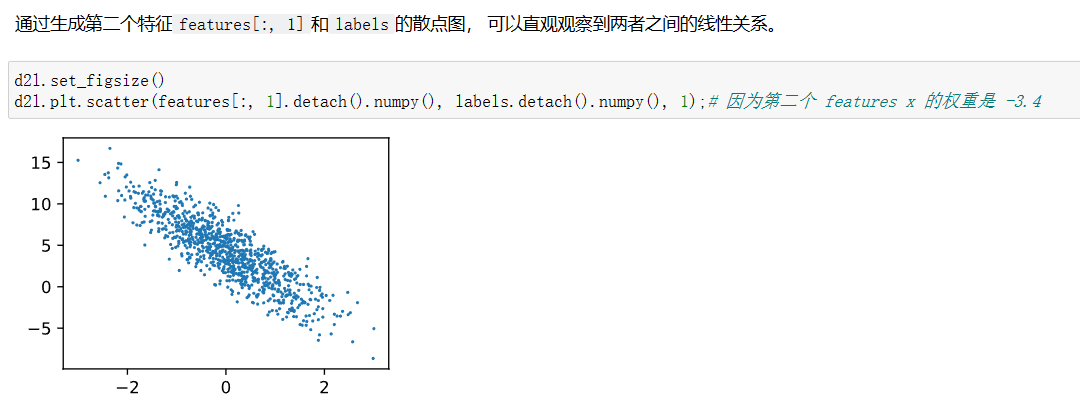

![Python库学习(十二):数据分析Pandas[下篇]](https://img-blog.csdnimg.cn/img_convert/2a4695c9d8059976876ae0f8fb347752.png)

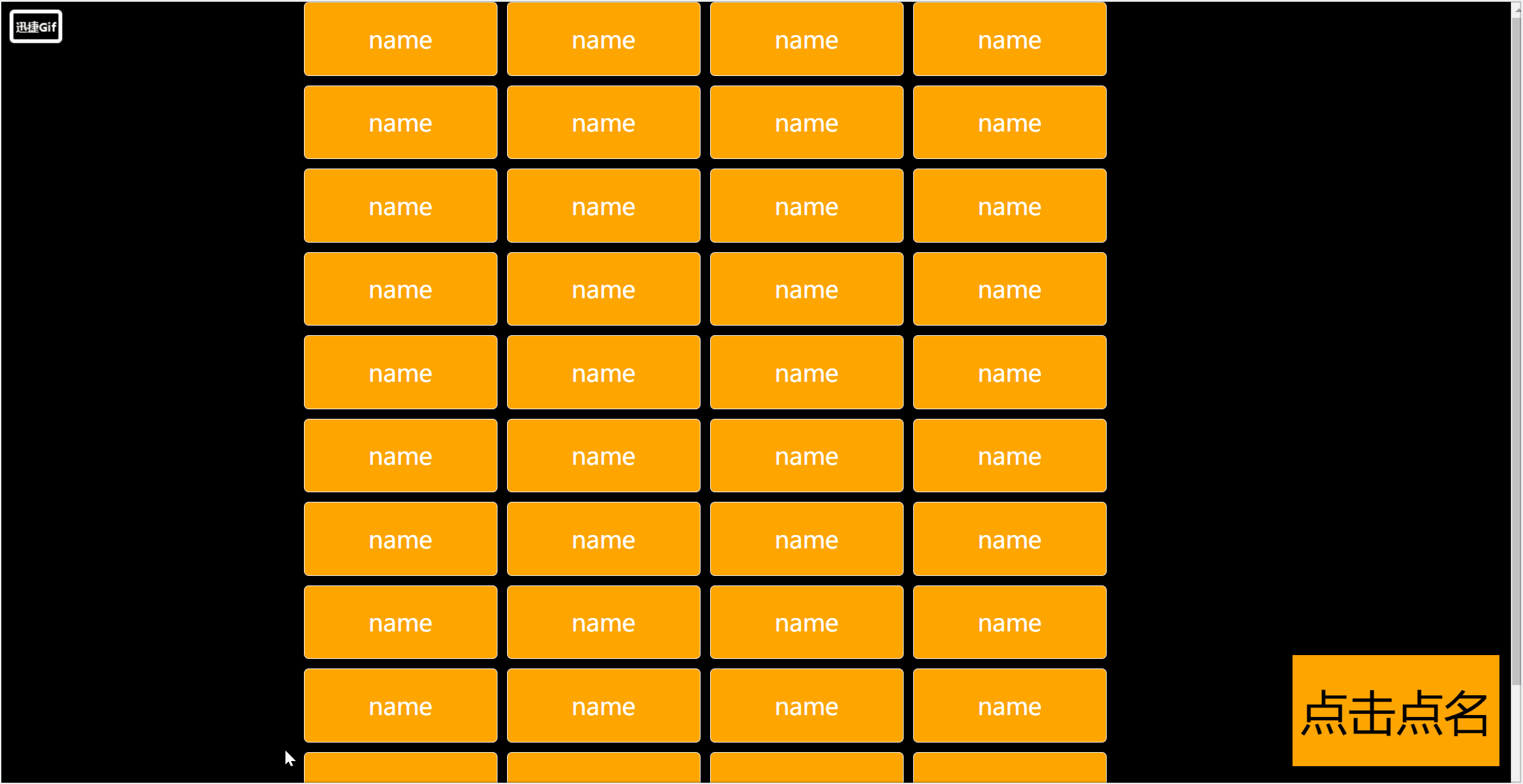
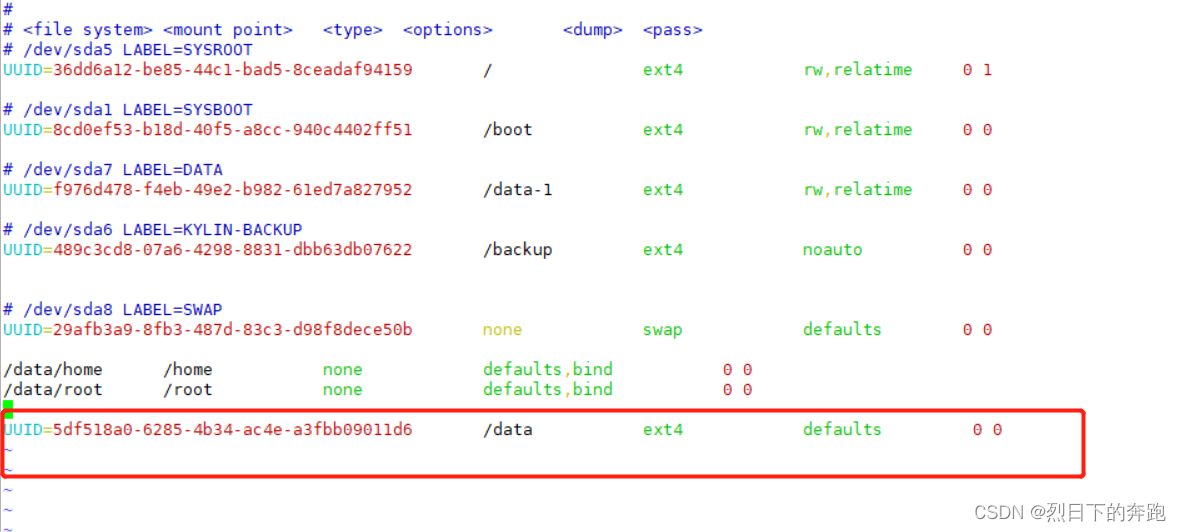
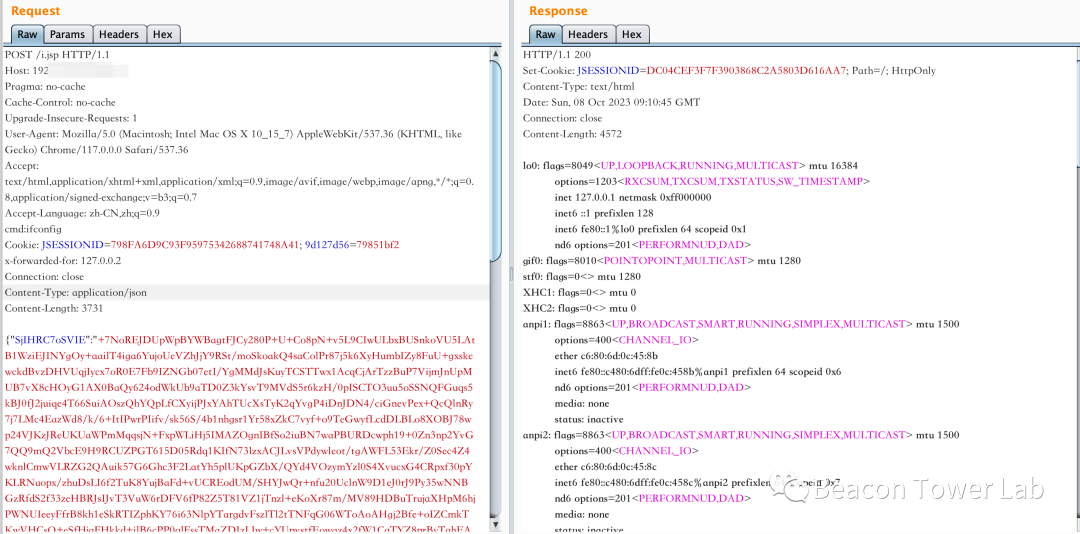
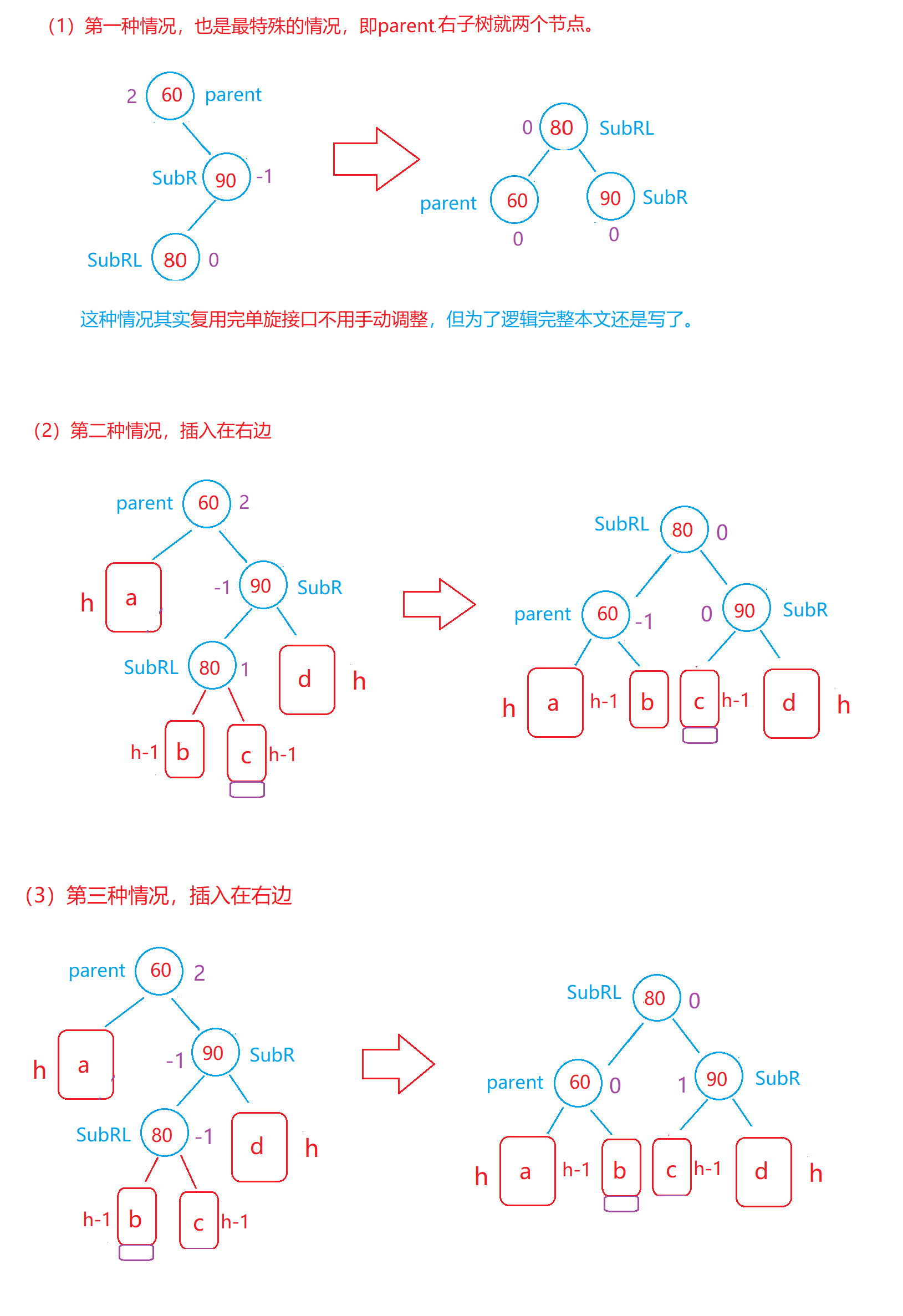
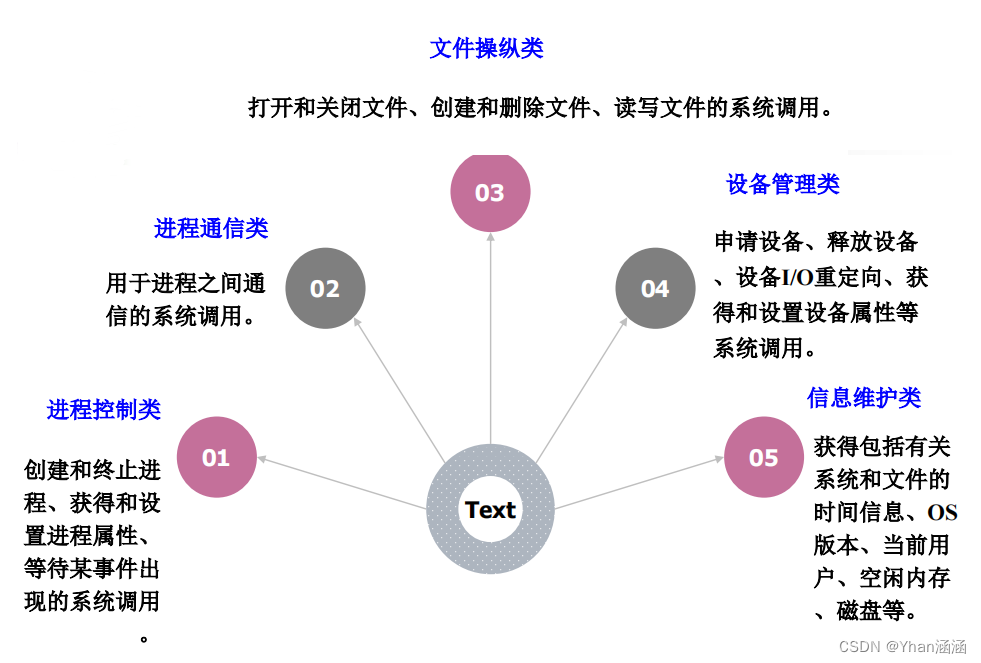
![壹[1],QT自定义控件创建(QtDesigner)](https://img-blog.csdnimg.cn/6093623977844fb4996b7a5698ce9914.png)

